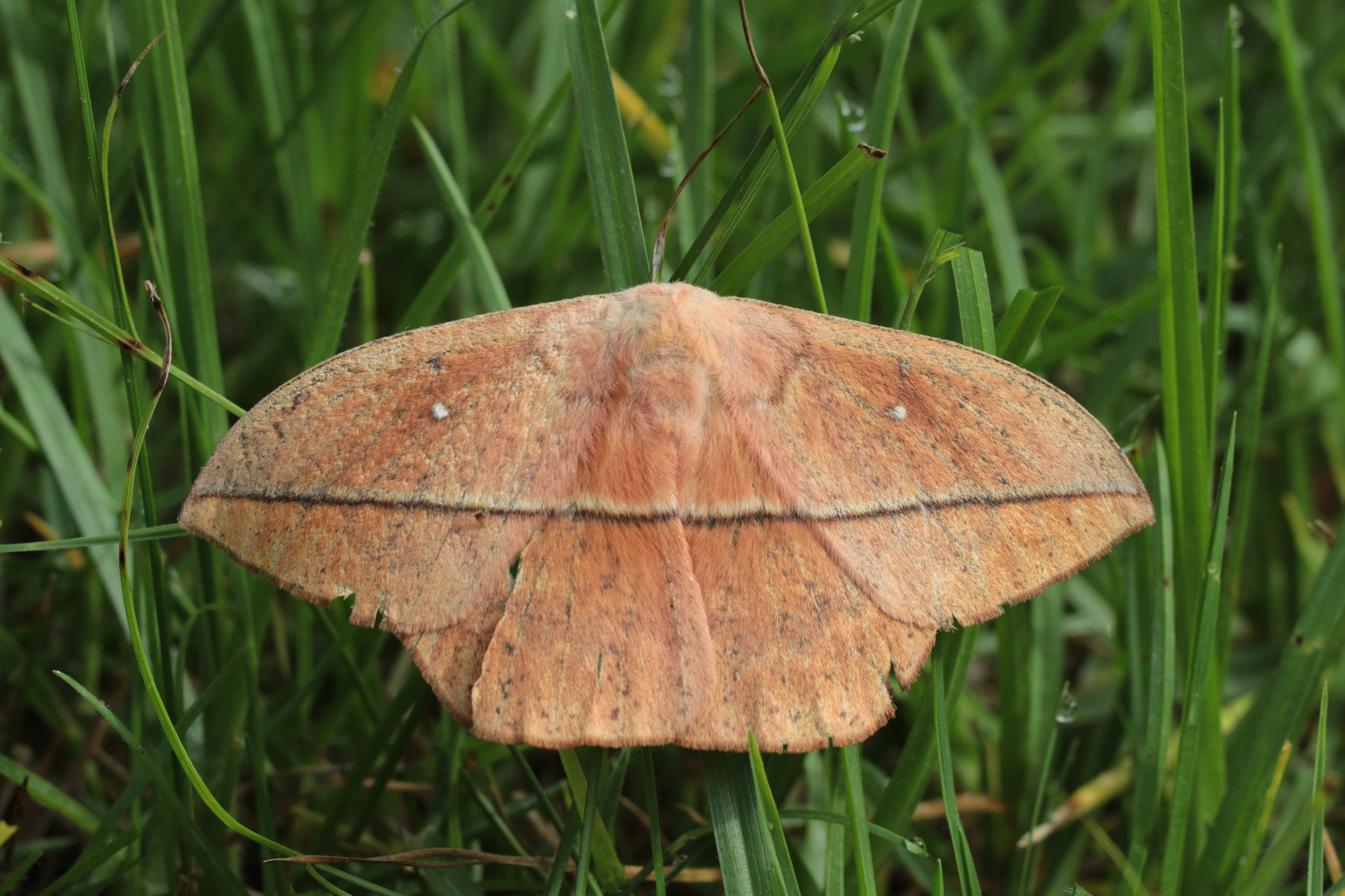
Figure 1. Larval Phase (Image found here)

Figure 2. Adult Phase (Image found here)
Background Information1,2,3
There are several different kinds of Giant Silkworm Moths, but the one that is known to have severe toxic effects is the Lonomia obliqua. Even more specifically, it is the larva form that is deadly (shown in Figure 1). These caterpillars are found in the southern regions of South America, typically in the rainforests. The venom is stored at the tip of each little spine covering the caterpillars. The L. obliqua are communal feeders, so they typically occur in large groups (see Figure 3). Because of this, when people come in contact with them it often leads to several venomous exposures putting them in danger.

Figure 3. Communal group of L. obliqua caterpillars (Image found here)
Toxicokinetics3,5
When the spin meets the human skin, it will break off and embed itself. Even just brushing past them is enough to break off the tips and release the toxin. Once embedded, the venom travels up through the hollow hair and is absorbed into the body. Lopap is a specific protein in the venom that alters blood clotting mechanisms and induces bleeding.

Figure 4. The bristles on Lonomia obliqua (Image found here)
Target organs1,3
- The blood system
- Renal System
- The Brain
Signs and symptoms of toxicity3
When a person is “stung” or encounters the spines on the Lonoia obliqua caterpillar, they tend to undergo hemorrhagic effects. The severity of the symptoms is influenced by the area that was exposed, the depth of the sting and the amount of venom that was injected/number of larvae that were encountered
Acute toxicity from small amounts of poison:
- skin burns
- local swelling
- malaise
Common adverse effects that may occur after contact with a large number of caterpillars:
- Coagulation disorders
- bleeding from scars
- bleeding from mucous membranes
- intracerebral bleeding
- acute renal failure
- death

Figure 5. After effects of a sting (image found here)
Historical or unique exposures4
- Accidental exposures happen more frequently in small children and rural workers, particularly on their upper arms
- Higher cases are reported during the spring and summer seasons, as that corresponds with the caterpillar stage of development
- A case study was published about a 2 year old that had an accidental exposure in the garden of his home. After 3 rounds of antivenom, the boy was deemed stable and released
Treatments1
The only specific treatment available for Lonomia envenomations is the Lonomia antivenom (LAV).
References
- Sano-Martins IS, González C, Anjos IV, Díaz J, Gonçalves LRC (2018) Effectiveness of Lonomiaantivenom in recovery from the coagulopathy induced by Lonomia orientoandensis and Lonomia casanarensis caterpillars in rats. PLOS Neglected Tropical Diseases 12(8): e0006721. https://doi.org/10.1371/journal.pntd.0006721
- Freitag, Christian. “The Deadliest Caterpillar On The Planet – Lonomia Obliqua | Oddfeed”. Oddfeed, https://oddfeed.net/lonomia-obliqua-deadliest-caterpillar/. Accessed 27 July 2021.
- Alvarez Flores, M.P. et al. “New Insight Into The Mechanism Of <I>Lonomia Obliqua</I> Envenoming: Toxin Involvement And Molecular Approach”. Pathophysiology Of Haemostasis And Thrombosis, vol 37, no. 1, 2009, pp. 1-16. S. Karger AG, doi:10.1159/000320067.
- Medeiros, Daniela Nasu Monteiro et al. “Accident Involving A 2-Year-Old Child And Lonomia Obliqua Venom: Clinical And Coagulation Abnormalities”. Revista Brasileira De Hematologia E Hemoterapia, vol 36, no. 6, 2014, pp. 445-447. Elsevier BV, doi:10.1016/j.bjhh.2014.07.021.
- Mota, Geovânia Pereira dos Reis et al. “A Revista “Pesquisa FAPESP” Como Recurso Para Abordagem Da Sociologia Da Ciência”. Revista Brasileira De Pesquisa Em Educação Em Ciências, no. 254, 2017, pp. 953-983. Revista Brasileira De Pesquisa Em Educacao Em Ciencia, doi:10.28976/1984-2686rbpec2017173953.